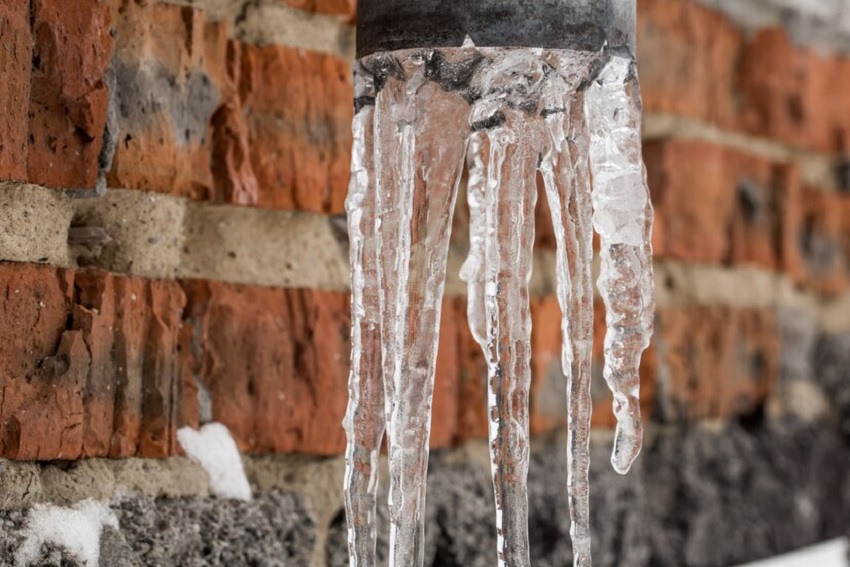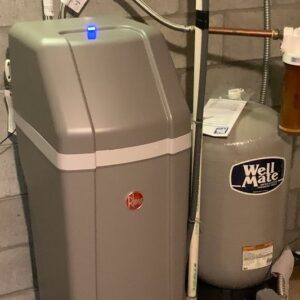As the winter season approaches, preparing your home for the colder temperatures becomes essential to prevent costly damage. One crucial aspect of winterizing your home is properly draining your pipes to avoid freezing and bursting. In this article, we’ll outline the step-by-step process for draining pipes before winter sets in, ensuring your home remains safe and protected during the chilly months ahead.
Why it is important to drain pipes in winter?
Before delving into the steps for draining pipes, it’s crucial to understand why this task is so important. When water turns into ice, it expands, exerting significant pressure on the pipes. If water is left trapped in the pipes during freezing temperatures, it can cause them to burst, leading to extensive water damage and costly repairs. By draining the pipes before winter, to protect pipes from freezing and safeguard your home’s plumbing system.
Steps to Drain Pipes for Winter:
1. Turn Off the Water Supply:
Begin by locating the main water shut-off valve in your home and turning it off. Usually, you’ll find this valve near the water meter or at the point where the main water line enters your home. Shutting off the water supply will prevent any additional water from entering the pipes during the draining process.
2. Open all Faucets:
Next, go through your home and open all faucets, including sinks, showers, and outdoor spigots. This will enable any residual water within the pipes to drain out. Make sure to open both hot and cold water faucets to fully drain the system.
3. Flush Toilets and Drain Water Appliances:
Flush toilets and run water-using appliances such as dishwashers and washing machines to drain any water from their respective lines. Additionally, if your home has a water heater, turn off the power supply and drain the tank according to the manufacturer’s instructions.
4. Drain Outdoor Plumbing:
Don’t forget about outdoor plumbing fixtures such as hoses and sprinkler systems. Disconnect hoses from outdoor spigots and drain any remaining water from the hoses and pipes. If you have an underground sprinkler system, follow the manufacturer’s guidelines for draining the system to prevent damage from freezing.
5. Utilize Air Compressor (Optional):
For added assurance, you can use an air compressor to blow out any remaining water from the pipes. Attach the compressor to the plumbing system via the outdoor spigot and blow air through the pipes until no water remains. This step can be particularly beneficial for homes in colder climates with a higher risk of freezing.
6. Insulate Exposed Pipes:
After draining the pipes, take proactive measures to insulate any exposed pipes, especially those in unheated areas such as basements, crawl spaces, and attics. Use foam pipe insulation or heat tape to wrap the pipes and provide an extra layer of protection against freezing temperatures.
Conclusion to Drain Pipes for Winter:
By following these steps to drain your pipes before winter, you’ll help prevent costly damage and ensure your home’s plumbing system remains intact throughout the colder months. Remember to also schedule any necessary maintenance or repairs to address any issues before they escalate into major problems. With proper preparation, you can enjoy peace of mind knowing your home is ready to weather the winter season safely.




